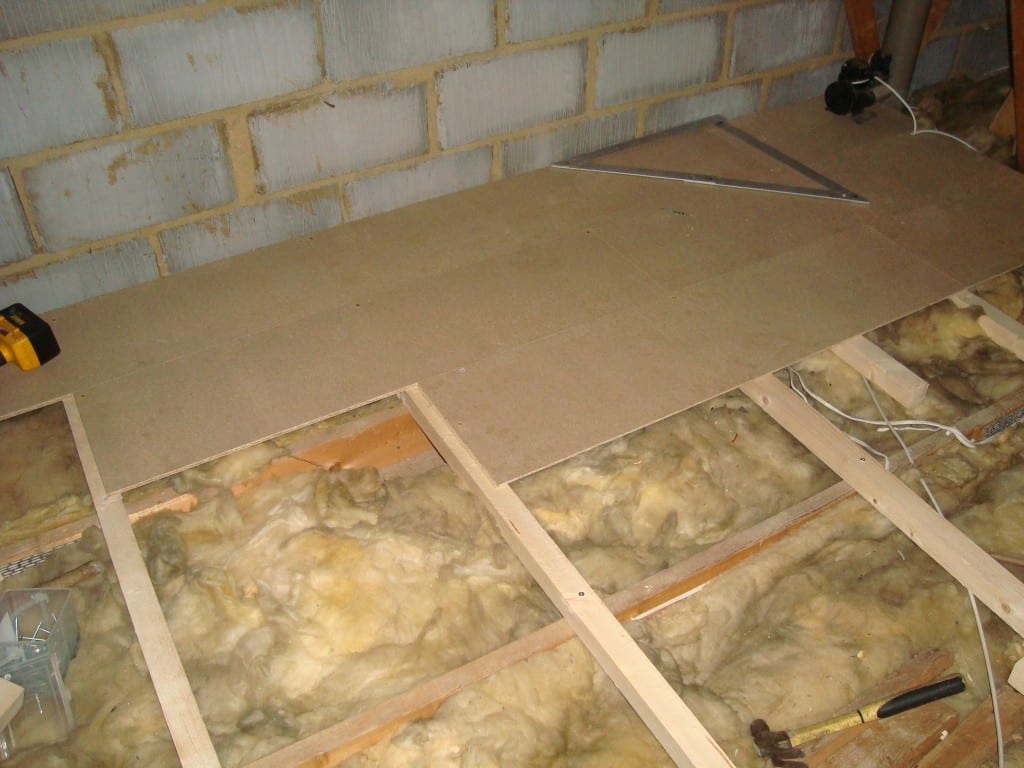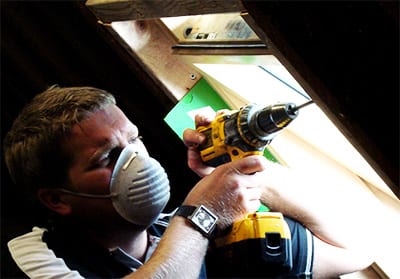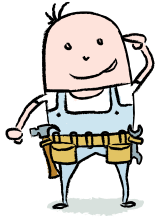If you have an unboarded loft, walking over exposed joists calls for a balancing act. Missing your footing could lead to injury, or even putting your foot straight through the ceiling below.
But how much safer is a boarded loft? Can you really trust your weight to wood laid over the joists?
Boarding your loft

The simplest way of boarding your loft is to screw the boards to the joists, using countersunk screws. The most obvious safety check is that the joists themselves are in good condition. If they’re cracked, it’s important to arrange for repairs or replacement before you try to lay boards over them.
Good quality loft boards are fitted together with a tongue-and-groove construction, forming a solid floor. For extra security, using cross bracing or counter batten techniques will distribute the weight more evenly.
Alternatively, there are raised boarding systems such as LoftZone StoreFloor, which raise the whole loft floor well above the joists. Besides being carefully designed to distribute the load, this allows plenty of space for the recommended depth of insulation, as well as room for ventilation of cables and pipes. It’s also the best solution if the joists are at different levels.
Will the boards bear my weight?
A properly boarded loft, with the boards laid over joists in good condition, will be completely secure. It will easily take the weight of boxes, packing cases and even some items of storage furniture, and will bear the weight of anyone accessing what’s stored there. In addition, as long as the boards are laid evenly with countersunk screws, there’s little risk of tripping – unless you’ve left your things lying around.
On the other hand, a boarded loft is only intended for storage. You can certainly use it for a quiet hobby, but a lively party in your loft could bring the house down – or at least the ceiling.
Are there other safety considerations?

There’s no point having a safe loft if you have to risk life and limb to reach it, so a good-quality loft ladder is essential, as is adequate lighting. The loft also has to be safe to work in while the boards are being installed, which will require a temporary work platform and a filter mask for the dust.
Boarding a loft should be within the capacity of an expert DIYer, but there’s a long list of things essential to remember and check. Unless you’re confident of being at near-professional standard, it makes more sense to get the experts in. If you want to discuss your needs, feel free to give us a call.
Read more: our ultimate guide to loft boarding and flooring.




